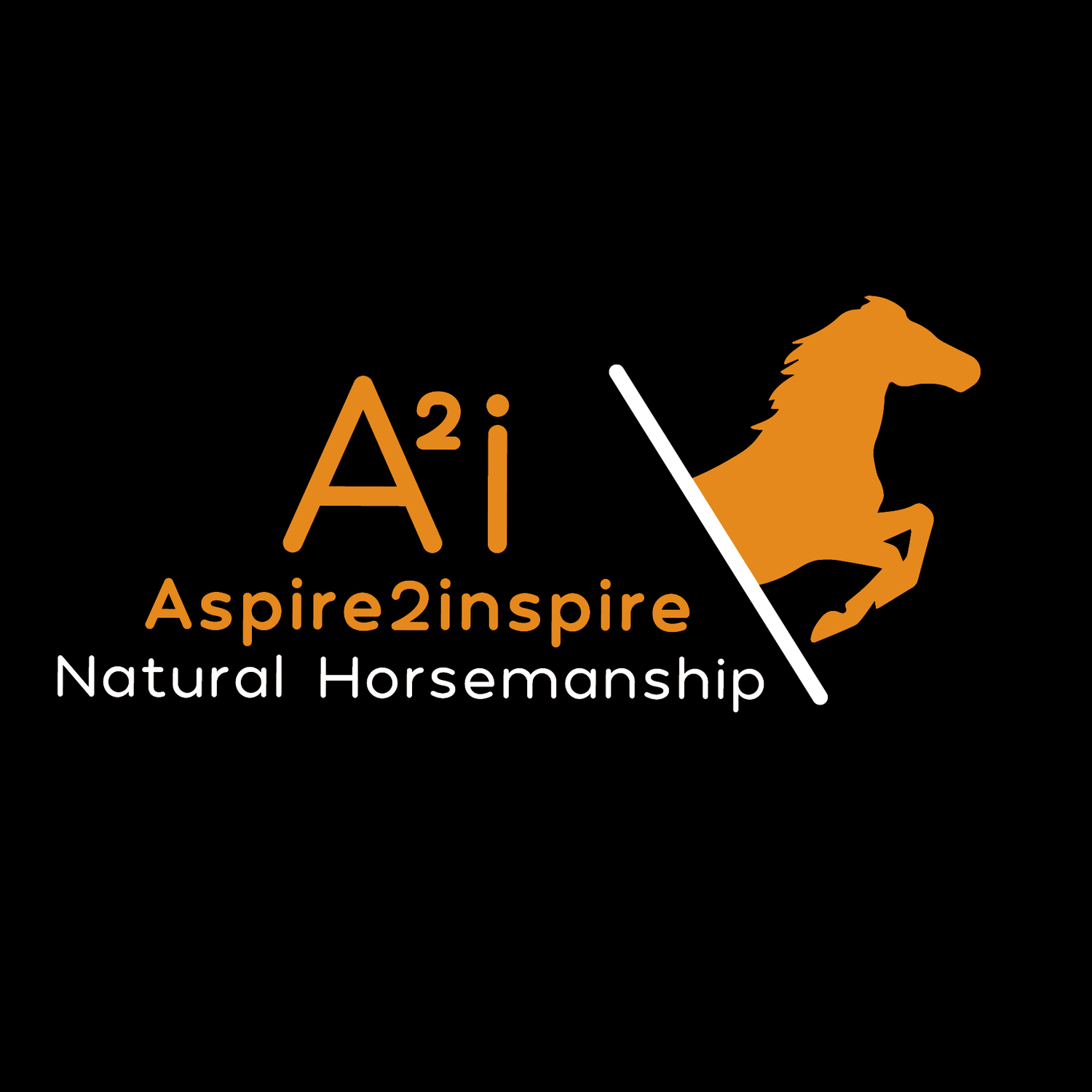2/5 Recoining Equine Vocabulary: Change Control to Connection
In traditional equestrian language, “control” implies dominance and restriction, suggesting that we must force horses to behave in certain ways. This often leads to training methods that prioritise human authority over equine agency, sometimes disregarding the horse's own responses and instincts.
By reframing "control" as “connection,” we open the door to a relationship based on mutual understanding and communication. Connection encourages us to build trust, respect the horse’s responses, and create a collaborative environment. Instead of controlling a horse's every move, connection implies that we seek to communicate with the horse and encourage desired behaviours by fostering trust and clarity.
For some, "control" may seem like a harmless or even beneficial concept, and control can indeed vary in its expression—some riders may use the term to mean a soft, subtle influence with gentle hands. However, the predominant sentiment behind "control" often implies a one-sided authority that overlooks the mutuality essential to a balanced horse-human relationship. When control is prioritised, there’s an implicit assumption that the rider’s will is primary, with less emphasis on the horse’s own instincts and responses. This mindset can inadvertently place the horse in a passive role, where they are expected to obey rather than participate actively in the interaction. By contrast, connection acknowledges the horse’s individuality, encouraging us to listen and adapt, fostering a true partnership based on respect and reciprocity rather than hierarchy.
